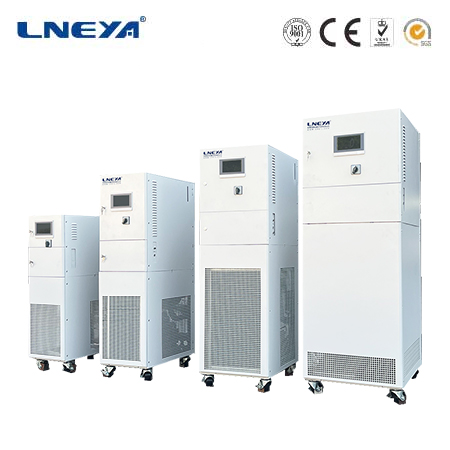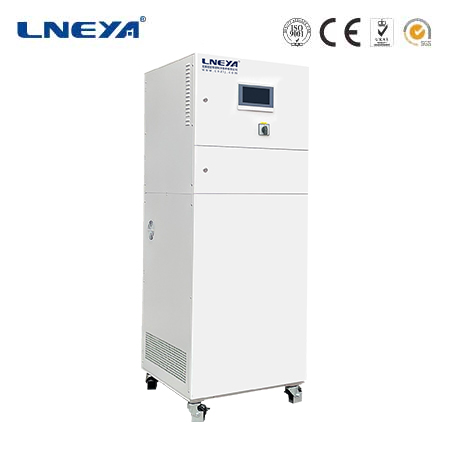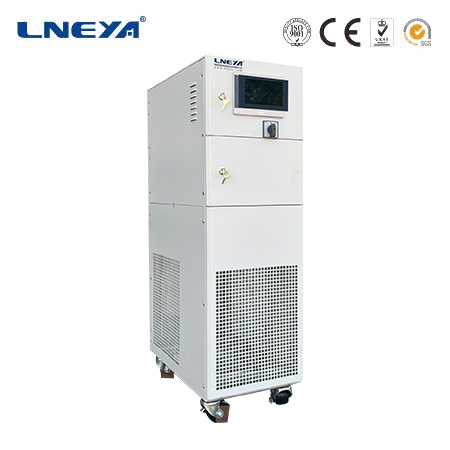chilled water bath
Chilled Water Bath: A Comprehensive Guide
Chilled water baths are essential pieces of equipment in numerous fields, providing a controlled and stable low – temperature environment. They play a crucial role in applications where maintaining a specific cool temperature is vital for the success of a process or experiment.

Structure and Working Principles
Components of a Chilled Water Bath
Container: The water bath has a container that holds the water. This container is usually made of materials such as stainless steel or high – density plastic. Stainless steel is preferred in many industrial and laboratory settings due to its durability, resistance to corrosion, and ability to withstand high – and low – temperature variations. The container is designed to be well – insulated to minimize heat transfer with the surrounding environment, ensuring that the water inside remains at a stable temperature.
Cooling System: The cooling system is the heart of the chilled water bath. In most cases, it operates on a refrigeration cycle similar to that of a household refrigerator or an industrial chiller. A compressor is used to compress a refrigerant gas, increasing its pressure and temperature. The hot, high – pressure refrigerant then passes through a condenser, where it releases heat to the surrounding environment and condenses into a liquid. After that, the liquid refrigerant goes through an expansion valve, which reduces its pressure and causes it to cool down. Finally, the cold refrigerant absorbs heat from the water in the bath as it passes through an evaporator, lowering the water temperature.
Temperature Control Unit: This unit is responsible for regulating the temperature of the water bath. It consists of temperature sensors, such as thermocouples or thermistors, which detect the water temperature. The sensor sends a signal to a controller, which compares the measured temperature with the set – point temperature. If the measured temperature is higher than the set – point, the controller activates the cooling system to lower the temperature. If the temperature is lower, the controller may adjust the cooling system to maintain the set – point or, in some cases, use a heating element (in models with both heating and cooling capabilities) to bring the temperature back up.
Refrigeration Cycle Variations
In some advanced chilled water baths, alternative refrigeration cycles may be used. For example, absorption refrigeration cycles can be employed. These cycles use a heat source, such as steam or hot water, instead of a compressor. In an absorption chiller – based water bath, a refrigerant (usually water in a lithium – bromide – water system or ammonia in an ammonia – water system) is absorbed into a solution. The solution is then heated, causing the refrigerant to be released. The refrigerant goes through the evaporation and condensation processes to cool the water in the bath. This type of refrigeration cycle is more energy – efficient when a heat source is already available, such as in some industrial plants or combined heat and power (CHP) systems.

Applications of Chilled Water Baths
Scientific Research
Biological and Biomedical Research: In biological and biomedical laboratories, chilled water baths are used for a variety of purposes. For example, they are used to cool samples during DNA extraction processes. Maintaining a low temperature helps to prevent the degradation of DNA by enzymes or other chemical reactions. In cell culture experiments, chilled water baths can be used to cool media and reagents to the appropriate temperature before use. This ensures the viability of cells and the accuracy of experimental results. They are also used in enzyme kinetics studies, where precise temperature control is crucial to understand the rate of enzyme – catalyzed reactions.
Chemical Research: In chemical laboratories, chilled water baths are used in reactions that require a specific low – temperature environment. For instance, in organic synthesis, some reactions need to be carried out at low temperatures to control the reaction pathway and prevent unwanted side reactions. Chilled water baths can also be used to cool reaction mixtures during crystallization processes. By carefully controlling the temperature, researchers can obtain high – quality crystals suitable for X – ray diffraction studies, which are essential for determining the molecular structure of compounds.
Industrial Applications
Food and Beverage Industry: In the food and beverage industry, chilled water baths are used at various stages of production. In beverage production, they are used to cool the liquid before bottling. For example, in the production of carbonated drinks, the beverage needs to be cooled to a specific temperature to ensure proper carbonation and prevent spoilage. In food processing, chilled water baths can be used to cool cooked products quickly. This rapid cooling inhibits the growth of bacteria and helps to maintain the quality and safety of the food. In the dairy industry, they are used to cool milk and dairy products during processing and storage.
Pharmaceutical Industry: In pharmaceutical manufacturing, chilled water baths are used in processes such as drug formulation and stability testing. During drug formulation, many active pharmaceutical ingredients (APIs) are sensitive to temperature. Chilled water baths help to maintain the appropriate temperature for mixing and dissolving these ingredients, ensuring the quality and efficacy of the final drug product. In stability testing, drugs are stored at specific low temperatures in chilled water baths to simulate different storage conditions and determine their shelf – life.
Medical and Healthcare
Blood and Organ Storage: In blood banks, chilled water baths are used to store blood components at a specific low temperature. Red blood cells, for example, are typically stored at around 2 – 6 °C. Maintaining this temperature range helps to preserve the viability of the cells and ensures their safety for transfusion. In organ transplantation, organs need to be kept at a low temperature during transportation and storage before transplantation. Chilled water baths, often in combination with specialized organ – preservation solutions, are used to maintain the organs in a viable state.
Medical Device Testing: Chilled water baths are also used in the testing of medical devices. For example, in the testing of implantable devices, the devices may need to be tested at body – relevant temperatures as well as at lower temperatures to simulate different environmental conditions. Chilled water baths provide a controlled low – temperature environment for these tests, helping to ensure the safety and functionality of the medical devices.

Usage and Maintenance
Proper Usage
Temperature Setting: When using a chilled water bath, it is important to set the temperature accurately. Most modern water baths have digital temperature controls that allow for precise temperature adjustment. It is recommended to set the temperature a few degrees higher or lower than the desired final temperature, depending on the initial temperature of the water and the load being placed in the bath. This helps to account for the thermal inertia of the system and ensures that the set – point temperature is reached more quickly.
Loading the Bath: When placing samples or containers in the chilled water bath, it is important to do so carefully. Avoid overcrowding the bath, as this can impede the circulation of water and lead to uneven temperature distribution. Also, make sure that the containers are properly sealed to prevent water from entering and potentially contaminating the samples.
Maintenance
Water Quality: Regularly checking and maintaining the water quality in the bath is crucial. The water should be replaced periodically to prevent the growth of bacteria, algae, and other microorganisms. In some cases, water treatment agents may be added to the bath to inhibit microbial growth and prevent corrosion of the container. The water should also be checked for its electrical conductivity, as high conductivity can affect the performance of the temperature sensors and other electrical components in the bath.
Temperature Calibration: Periodic temperature calibration of the water bath is necessary to ensure accurate temperature control. This can be done using a calibrated thermometer or a temperature – calibration device. If the measured temperature of the bath deviates significantly from the set – point temperature, the temperature control unit may need to be adjusted or repaired.
Component Inspection: Regularly inspect the components of the chilled water bath, such as the compressor, condenser, and evaporator. Check for any signs of leaks in the refrigerant lines, as a refrigerant leak can significantly reduce the cooling efficiency of the bath. Also, inspect the fans (if present) for proper operation, as they are responsible for heat dissipation in the condenser.
In conclusion, chilled water baths are versatile and essential tools in scientific research, industry, and healthcare. Understanding their structure, working principles, applications, and proper usage and maintenance is key to ensuring their optimal performance and longevity.
Related recommendations
electric heating cooling system
486Electric Heating and Cooling Systems: Efficient and Environmentally Friendly Solutions Electric heating and cooling systems are gaining popularity due to their ability to provide precise temper...
View detailschiller 50 kw
441Understanding 50 kW ChillersA 50 kW chiller is a significant piece of equipment in the HVAC industry, providing essential cooling for applications that demand high heat removal. With a cooling cap...
View detailsglycol chilled water system
344Glycol chilled water systems have become an integral part of many industries and applications where efficient and reliable cooling is required. By using a mixture of glycol and water as the heat -...
View detailscirculating bath heater
498Circulating Bath Heaters: Precision Temperature Control for Diverse Applications Introduction to Circulating Bath Heaters Circulating bath heaters play a crucial role in maintaining precise ...
View details
 LNEYA Thermal Test Chillers
LNEYA Thermal Test Chillers







HelloPlease log in